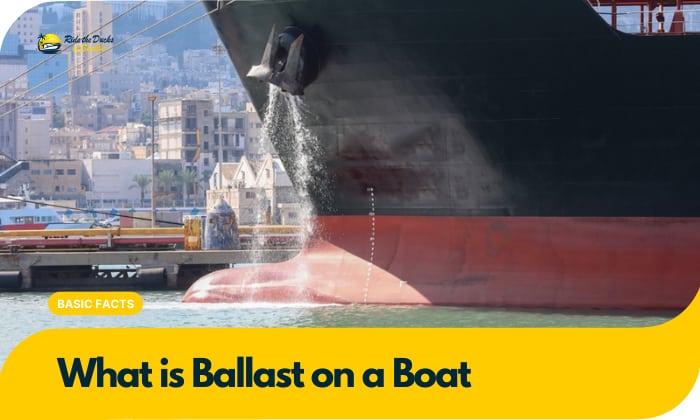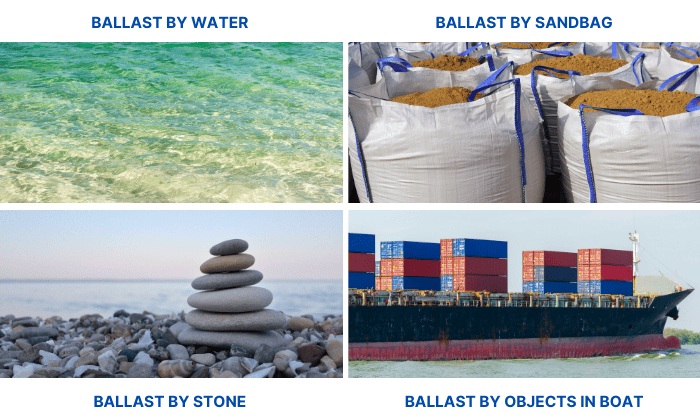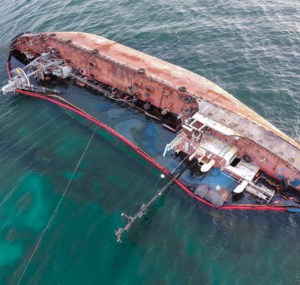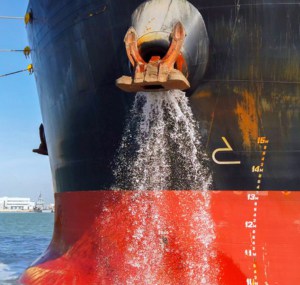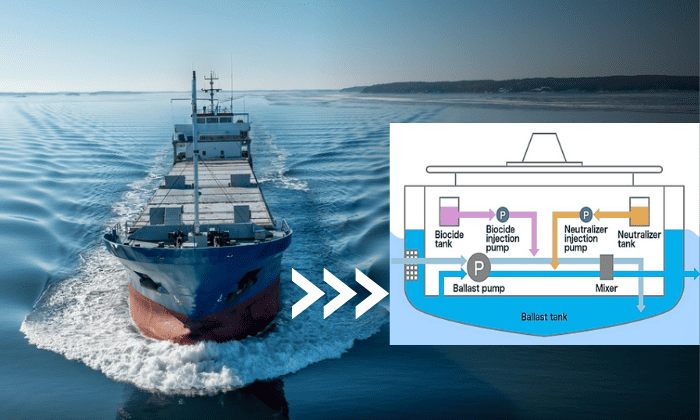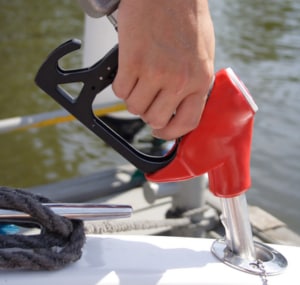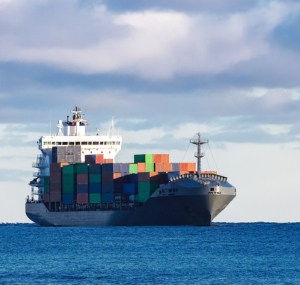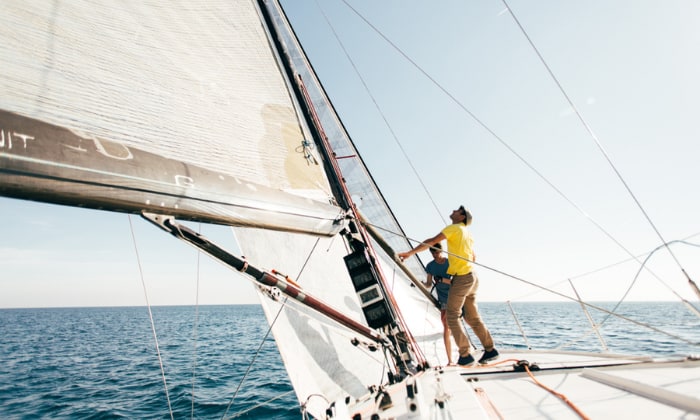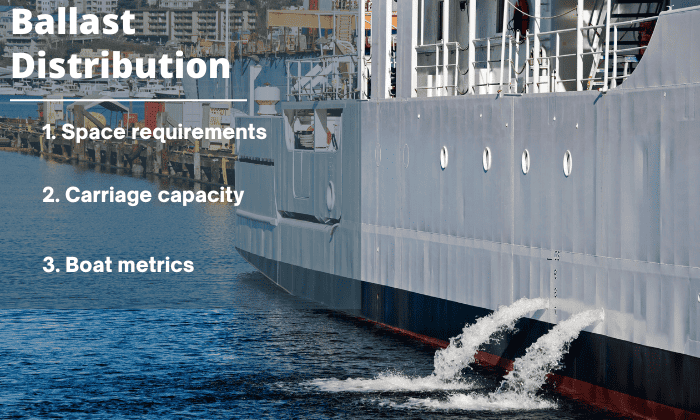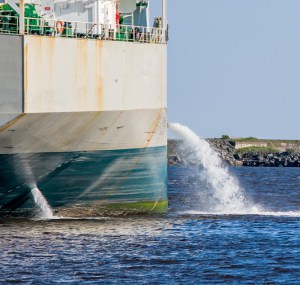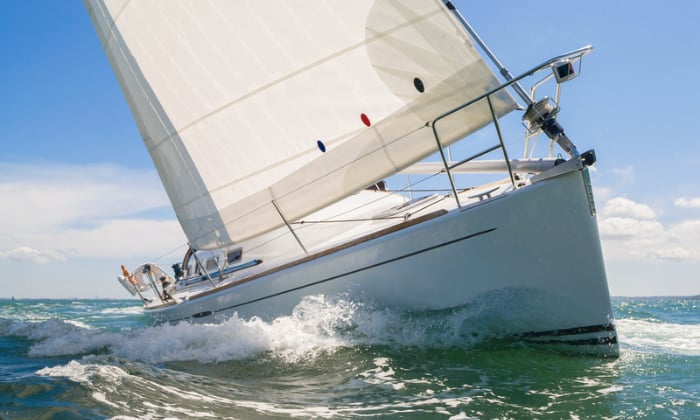Ordinary folks have many questions about boating terminologies, making the query, “What is ballast on a boat?” no longer surprising. In simple terms, ballast is anything (mostly water) that stabilizes a structure or, in this case, a vessel. It’s a crucial element in ensuring a safe voyage.
Of course, that’s an oversimplification of this all-important vessel component. Join us in exploring what the ballast of a ship means.
Table of Contents
Understanding Ballast
Let’s define ballast. Ballast is anything (i.e., water, sandbag, stone, improvised weights, and other objects or materials) vessel operators can use to ensure stability. In the case of boats, ballast adds weight to watercraft when it’s lighter than its safe operating limits.
For example, a container ship can carry tons of cargo. It would not have any issues maintaining stability on the high seas because the weight increases its draft. However, problems can arise once the vessel unloads its cargo. It would be bobbing in the ocean like a cork in the water.
Hence, the purpose of ballast is to ensure the container ship’s stability without its safe load, allowing it to stay afloat.
Now, you might hear some folks talk about a ballast light. That’s a different technology in lighting fixtures, especially high-intensity discharge (HID) bulbs and fluorescent lights. This ballast type allows lighting fixtures to start and operate optimally.
Some might also refer to a track ballast. It’s the bed of aggregate (mainly crushed gravel or rocks) supporting a railroad track and the train’s load while ensuring efficient water drainage.
Given these variances in definitions, we recommend appreciating this boating terminology by understanding the ballast synonym, including equilibrium, counterbalance, stabilizer, brace, and weight.
Different Types of Ballast in Boating
As mentioned, ballast could be anything a skipper or ship crew can use to balance and stabilize the vessel. Hence, we can categorize ballast into two.
1. Solid ballast
Before the late 19th century, skippers and sailors relied on sandbags, rocks, and other “solid” objects to balance the ship’s empty cargo hold. They would secure these items on structures aboard the vessel.
Unfortunately, it’s not unusual for a ballast stone to break free, potentially shifting the ship’s weight to one side and causing it to list and capsize.
The 20th century saw drastic yet worthwhile improvements in boat designs, with pumps and steel hulls dominating the field. The days of the solid ballast material are numbered.
2. Water ballast
Steel-hulled ships in the 20th century began featuring a specialized compartment we call today a ballast tank. The innovation holds water as the balancing or counterbalancing material for the vessel. Rightfully, sailors call it ballast water.
Revisiting our earlier definition of ballast, we can say that the ballast water definition is a vessel’s use of water to correct stability issues and ensure a safe voyage.
We have two water ballast types: clean and segregated. Vessels with a clean ballast use the same oil cargo hold to fill with water for balancing and stabilizing the watercraft. The crew cleans the compartment before filling it with water and getting underway.
Meanwhile, segregated ballast refers to water in specialized compartments separate from the ship’s oil cargo. These sections can also accommodate other items, except harmful liquids.
How Does a Ballast Work?
Boat ballast works in various mechanisms depending on the ballast material. However, the principle remains the same – to add or reduce vessel weight to maintain balance and floatation stability.
For example, a fully loaded ship doesn’t need ballast because the cargo’s weight pushes the hull deeper into the water. However, a vessel without a cargo load will be light, raising its center of gravity toward the surface.
If the ship uses water as ballast, the crew can pump water from the sea, lake, river, or anywhere the vessel is on. The action increases the watercraft’s weight and improves its stability in the water.
If the vessel is ready to load another cargo, the crew can pump the water from the ballast tanks and discharge it into the sea.
It’s the same principle with solid ballast, albeit the crew will work more to move and secure the sandbags, steel, cement, rocks, or stone in their predetermined positions.
The Role of Ballast in Stability
Marine ballast weights are crucial to a vessel’s stability, especially in rough waters.
1. Impact of ballast on performance
Although ballast is crucial to ensuring optimum center of gravity, too much ballast can impact vessel performance.
Increasing the watercraft’s displacement (i.e., adding boat ballast weights) will increase water resistance. There’s more water the ship must push against. Hence, too much ballast can reduce vessel speed.
Increased water resistance creates another issue – increased fuel consumption. The vessel will try to compensate for the reduced speed by increasing engine power, which consumes more fuel.
2. Factors influencing boat stability
Vessel stability depends on several factors, including the following.
- Buoyancy – the ship’s ability to stay afloat defined by the water’s upward force.
- Weight location – a vessel’s weight must be near the bottom to improve stability; crowding the deck with a heavy load can upset the ship’s balance and cause it to roll.
- Water conditions – rough weather (i.e., strong winds and high waves) can reduce stability by continuously shifting the center of gravity.
3. How ballast affects stability
As mentioned, weight location is a crucial factor in ensuring vessel stability. The ballast on a ship plays a vital role in this regard.
If a ballast is high on the deck, there’s a chance of upsetting the balance and causing the watercraft to roll. Moreover, too much ballast can lower the vessel’s freeboard, making the ship more susceptible to swamping.
Advantages of Using Ballast in Sailing
Sailboats have ballast, providing sailors with two advantages.
The first is increased speed. Water ballast increases a sailboat’s sail, rudder, and keel projected profile, allowing the watercraft to catch more wind and propel it faster than sailing vessels without ballast.
The second is improved comfort. Sailing ballast softens the impact of tossing and rolling due to excessive heeling (the vessel’s tendency to “tip” to one side).
Factors to Consider for Proper Ballast Distribution
The amount of ballast to use in any vessel is the most crucial consideration for proper ballast distribution. The others are as follows.
- Space requirements – ballast occupies space, requiring boat owners to consider how much ballast their tank or compartment can hold
- Carriage capacity – the goal is to produce an effective counterweight, not overload the boat
- Boat metrics – draft, displacement, freeboard, and deadweight tonnage offer boaters an idea of how to distribute ballast
Ballast Systems and Design Considerations
Shipbuilders and boat manufacturers spend plenty of resources designing the ideal ship ballast system to ensure optimum stability and buoyancy. As a rule, ballast shouldn’t exceed 30% of the vessel’s deadweight tonnage.
1. Maintenance and safety considerations
One issue with water ballast is its effect on the environment when ships discharge untreated water into open seas and other bodies of water. The effluent could contain microorganisms and other life forms in various stages.
Hence, vessels must institute measures to ensure the safe discharge of water ballast into open bodies of water. It will help curb the proliferation of invasive species in local waters.
2. Best practices for ballast management
Here are some tips for optimizing ballast for stability.
- Research the best possible ballast installation diagram for your boat, preferably a customizable one.
- Understand your needs and choose the correct ballast size.
- Analyze different ballasts and pick the material best suited for your activity.
- Use a ballast calculator to help you determine the amount of ballast commensurate to your vessel’s buoyancy and weight.
- Consider your watercraft’s draft, freeboard, displacement, and deadweight tonnage ratings to determine the optimal ballast for stability.
Frequently Asked Questions
Do all boats need ballast?
No, not all boats need ballast. Sailboats, particularly those with keels, often use ballast to provide stability and prevent capsizing.
However, many recreational boats or lightweight watercraft, such as kayaks or canoes, do not require ballast. These boats still maintain stability thanks to their design, hull shape, and inherent buoyancy.
Where do you put ballast on a boat?
Boaters must place ballast in their vessel’s lowest part (i.e., bilge). This location lowers the watercraft’s center of gravity to ensure floatation stability.
What are the risks of improper ballast distribution?
Improperly distributed ballast can upset the vessel’s balance, causing it to roll to one side. Swamping can also occur at heavier sections.
Are there any regulations or guidelines for ballast use in boating?
Yes, 82 countries signed the 2004 International Convention for the Control and Management of Ships’ Ballast Water and Sediments. Hence, vessels registered in these nations must comply with the international rules.
Conclusion
“What is ballast on a boat?” is a valid greenhorn sailor’s question. It’s a material that vessels use to ensure the watercraft stays upright even in stormy seas.
Ballast adds weight to the watercraft, increasing its draft and lowering its center of gravity. These effects contribute to better stability amidst rough waters. It’s the perfect element for sailboats, allowing sailors to minimize keeling tendencies.
Although most ships use water as ballast, other materials can be a counterweight, balancer, or equalizer. Knowledge of this boating terminology should make you more confident and secure the next time you sail.

Ten years of enjoying countless trips on boats never made me love them any less! So I am here to put all those experiences into good use for other boaters who want to have a safe and fun trip with their friends and families.

